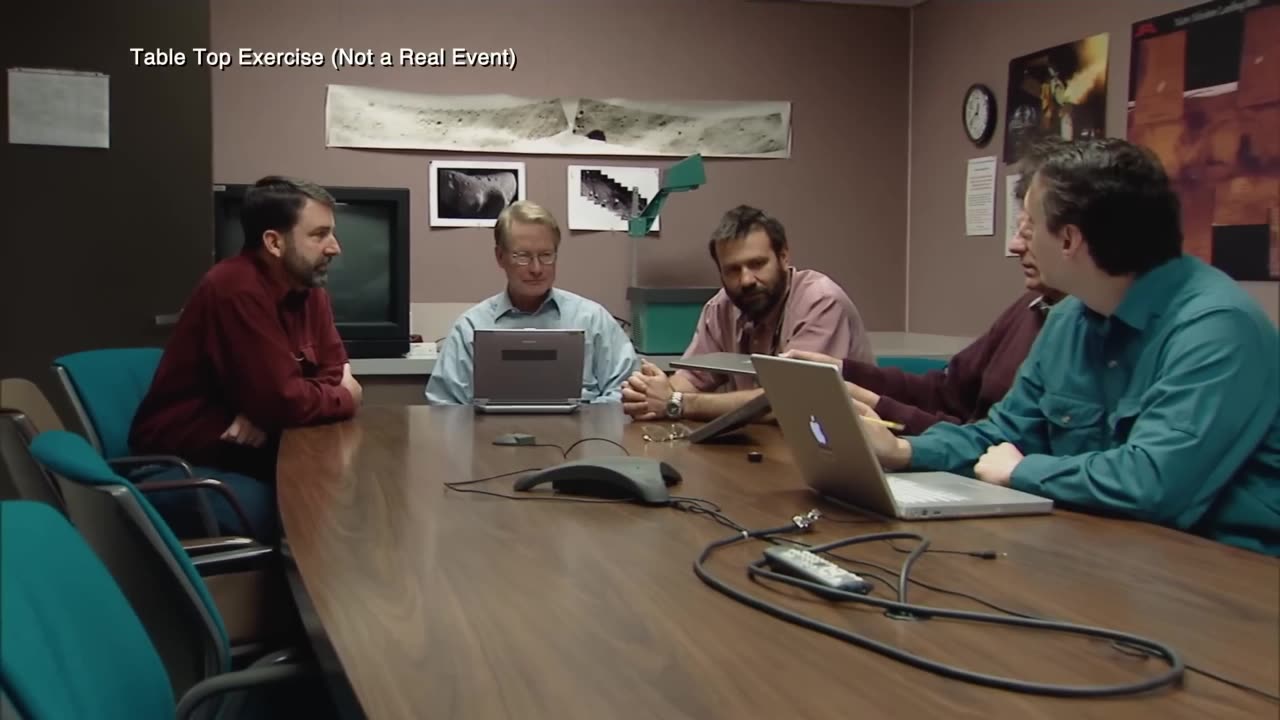Premium Only Content

"Cosmic Odyssey: JPL's Spectacular Space Age Hunt for NASA's Space Rocks"
In the grand theater of the cosmos, where celestial bodies dance in an intricate ballet, NASA's Jet Propulsion Laboratory (JPL) emerges as a pioneering force, spearheading the cosmic quest for space rocks. This riveting odyssey into the depths of the universe is not merely a scientific endeavor; it's a testament to human ingenuity and the relentless pursuit of unraveling the mysteries that orbit our celestial neighborhood. The hunt for space rocks, conducted by JPL as part of the broader Space Age initiative, represents a monumental chapter in the annals of space exploration. These space rocks, often celestial wanderers known as asteroids and comets, carry within them the ancient whispers of our solar system's formation. They are cosmic time capsules, preserving the primordial materials that hold the secrets to our cosmic origins. At the heart of this cosmic pursuit lies a sophisticated amalgamation of technology, innovation, and human intellect. JPL, renowned for its prowess in engineering and space science, orchestrates an intricate cosmic ballet to identify, track, and study these elusive space rocks. The mission is not just about capturing rocks from the heavens; it's about capturing the essence of the universe's story written in stardust. Advanced telescopes, designed and operated by JPL, scan the vastness of space, meticulously identifying space rocks that traverse our cosmic neighborhood. These celestial detectives employ cutting-edge spectrometers and imaging technologies to unveil the spectral signatures and physical characteristics of these cosmic wanderers. It's a cosmic treasure hunt where each detection unravels a new layer of the celestial tapestry. JPL's space age initiative is not confined to observing from afar. Robotic explorers, equipped with state-of-the-art instruments, embark on daring missions to rendezvous with these space rocks. These robotic pioneers are not mere spacecraft; they are cosmic archaeologists, equipped to excavate the geological and mineralogical wealth of these celestial bodies. One of the flagship missions in this grand pursuit is the collection of samples from asteroids. JPL engineers and scientists have meticulously designed spacecraft with the capability to approach, touch, and collect samples from the surface of these space rocks. These samples, once safely returned to Earth, hold the potential to unlock the secrets of the early solar system, providing a window into the conditions that gave birth to our celestial neighborhood. The hunt for space rocks extends beyond the scientific domain; it carries profound implications for planetary defense. JPL is at the forefront of developing technologies and strategies to mitigate potential threats posed by near-Earth objects. By studying the trajectories and characteristics of these space rocks, JPL contributes to humanity's ability to safeguard our planet from potential cosmic hazards. This cosmic quest also transcends the boundaries of our immediate cosmic neighborhood. It is a collaborative effort that involves international partnerships, where the global scientific community converges to share knowledge and resources. JPL's role as a cosmic ambassador fosters a sense of shared responsibility in unraveling the secrets of the universe for the betterment of humanity. #SpaceRockHunt #CosmicTreasureHunt #JPLAstroArchaeology #NASAQuest
-
 27:33
27:33
The Finance Hub
16 hours ago $1.98 earnedBREAKING: ALINA HABBA JUST DROPPED A MASSIVE BOMBSHELL!!!
9.29K34 -
 40:23
40:23
PMG
20 hours ago $0.18 earnedHannah Faulkner and Dr. Michael Schwartz | EXPOSING BIG PHARMA
5.7K -
 18:55
18:55
GBGunsRumble
18 hours agoGBGuns Range Report & Channel Update 15FEB25
3.57K -
 13:31:32
13:31:32
iViperKing
19 hours agoGood Times + Good Energy Ft. Whez.. #VKGFAM #RRR
92.4K15 -
 12:24
12:24
Winston Marshall
1 day agoWOAH! Bannon just Revealed THIS About MUSK - The Tech-Right vs MAGA Right Civil War Ramps Up
219K304 -
 7:33:46
7:33:46
Phyxicx
18 hours agoRaid & Rant with the FF14 Guild on Rumble! Halo Night just wrapped up! - Go Follow all these great guys please! - 2/15/2025
147K4 -
 10:42:19
10:42:19
Reolock
20 hours agoWoW Classic Hardcore (LVL 60) | RAID DAY | Rumble FIRST HC Raid
94.1K5 -
 3:10:03
3:10:03
Barry Cunningham
17 hours agoTRUMP WEEKEND BRIEFING! MORE WINNING...MORE LEFTIES LOSING IT!
85.1K40 -
 2:20:09
2:20:09
Tundra Tactical
17 hours ago $3.71 earnedIs Trumps Executive Order A Second Amendment Wishlist???: The Worlds Okayest Gun Live Stream
56.7K3 -
 2:33:51
2:33:51
John Crump Live
22 hours ago $29.17 earnedSaturday Night Main Event!
155K15